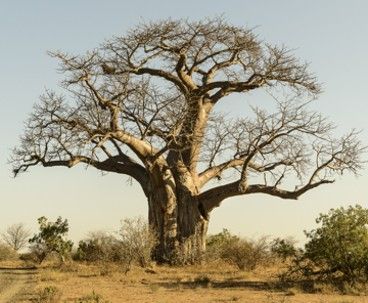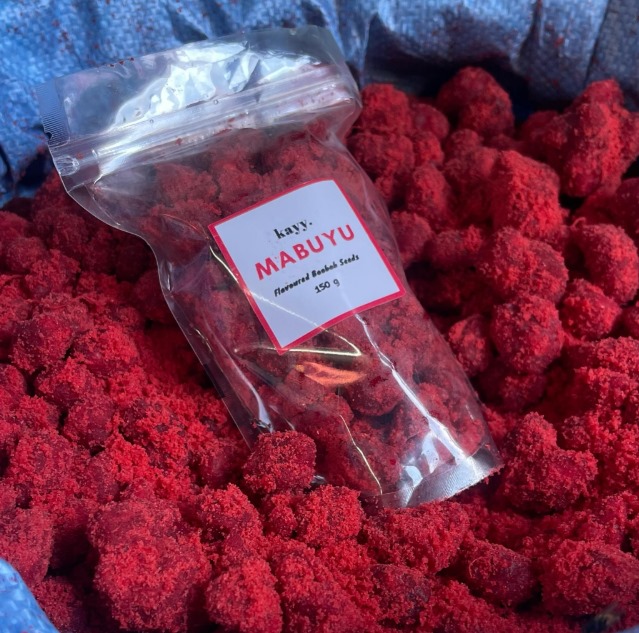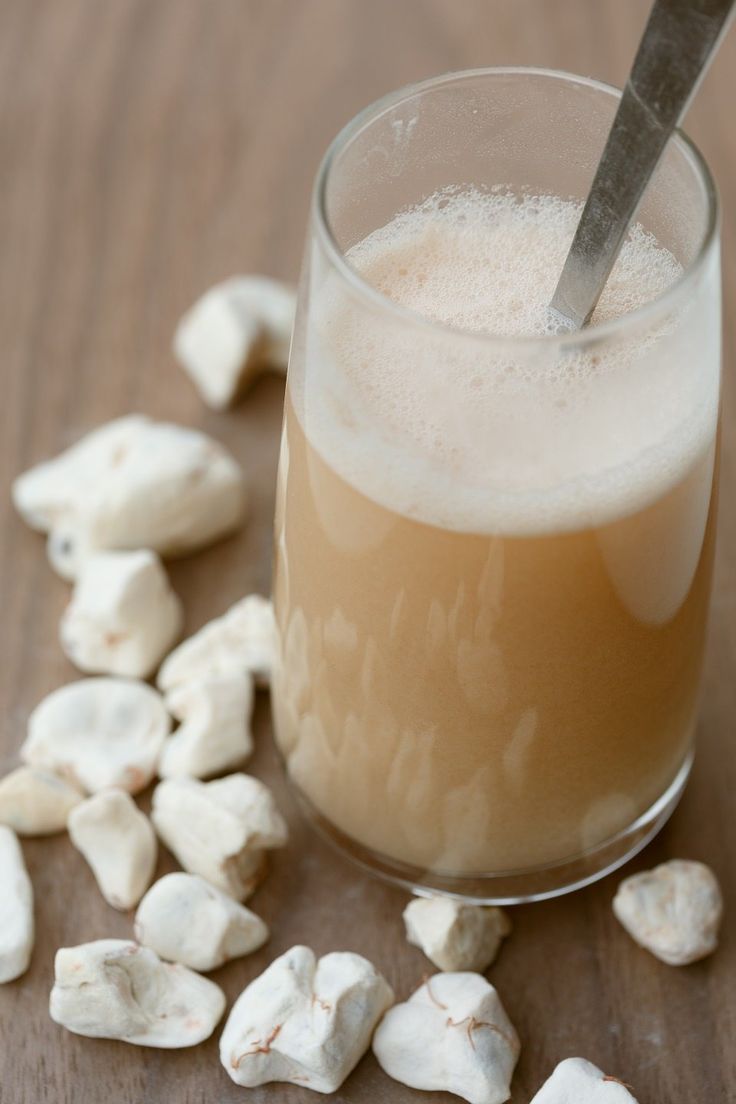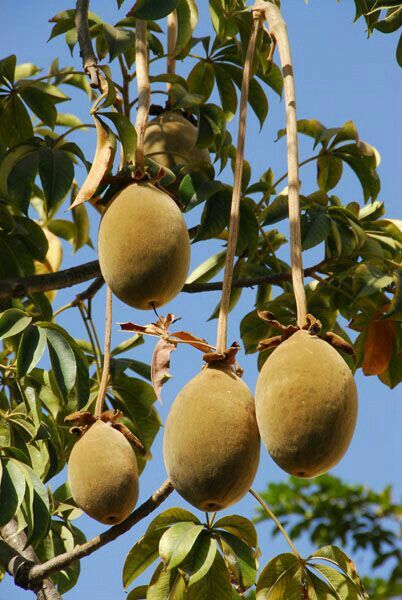The Magical Baobab Tree: Nature’s Own Wow-Factor
Or should we call it the Wow-Bab tree? Because honestly, this tree is pure magic! The African baobab isn’t just a tree, it’s an ancient, upside-down wonder, a living legend, and quite possibly the most resourceful plant on the planet. Towering over the African landscape like a wise old guardian, the baobab is one of the largest living things in the world and an unmistakable icon of the savanna.
A Tree Like No Other
The baobab isn’t just big, it’s huge! It thrives in hot, dry, low-altitude regions, often standing alone like nature’s skyscraper. You’ll also find it in arid, semi-arid, and even rocky areas, refusing to let tough conditions cramp its style. Whether growing solo or in small, quirky clusters, the baobab adapts to different soil types like a true survivor
Superfruit, Superpowers
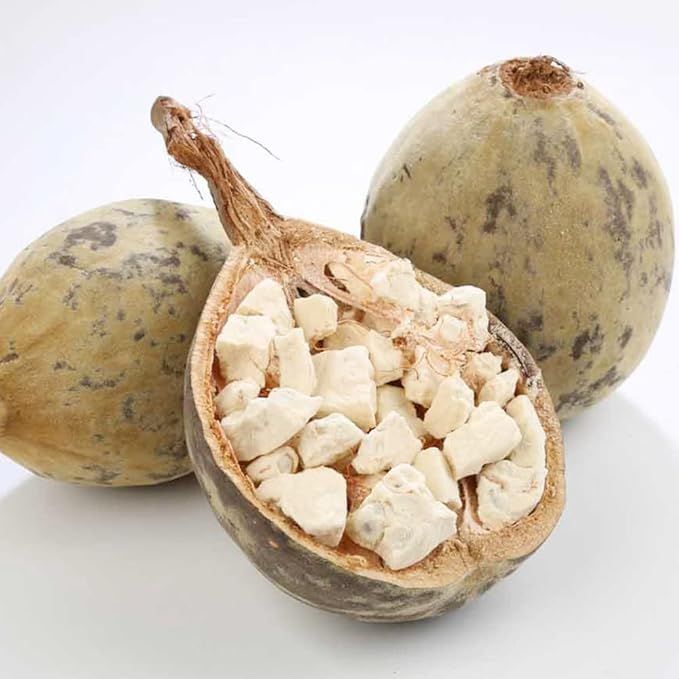
This tree isn’t just about good looks, it’s packed with benefits! The baobab fruit, sometimes called “monkey bread,” is a powerhouse of vitamin C, helping to keep scurvy at bay. Baobab powder contains significantly more vitamin C than many fruits and vegetables, including spinach, strawberries, and apples! If you’re looking for a natural immunity boost, this tree has got your back.
While early explorers might have called it grotesque (seriously, what were they thinking?), people quickly fell in love with baobabs, admiring their strength, longevity, and legendary presence along historic travel routes.
Myths, Legends, and Ancestral Spirits
Africans have woven stories around the baobab for centuries. Some believe it is home to ancestral spirits, while others tell a fascinating creation tale: When the Great Spirit handed out trees to all animals, the hyena received the baobab. Unimpressed, hyena threw the tree to the ground, where it landed upside down which explains the baobab’s signature root-like branches. Talk about an epic origin story!
More Than Just a Pretty Tree
Baobabs have played an essential role in various African traditions. Some communities hold circumcision ceremonies under its vast canopy, while others transform the trees into shrines where people pray and leave offerings.
Beyond spirituality, the tree is a literal lifeline, providing food, medicine, and materials. The leaves and seeds are packed with nutrients, with young leaves eaten as a vegetable.
Baobab fruit pulp, soaked in milk or water, creates a delicious, calcium-rich drink. The boiled leaves? They’re used to reduce fever and even treat malaria. If that weren’t enough, oil extracted from the seeds is a prized ingredient in cosmetics, shampoos, body lotions, and soaps. Baobab powder, rich in antioxidants, is also known for its benefits to skin and hair, making it a must-have in the world of natural beauty. Move over, coconut oil—there’s a new beauty secret in town!
In East Africa, baobab seeds are also transformed into a popular delicacy known as mabuyu. These seeds are coated in sugar and brightly colored, creating a sweet treat loved by many.
The Ancient Timekeeper
Ever tried counting a baobab’s rings to figure out its age? Good luck! These trees don’t play by the usual rules. Their inconsistent growth rings make age estimation tricky, but scientists have used carbon dating to determine that some baobabs are over 1,800 years old! Some of the biggest specimens, reaching over eight meters in diameter, might even be pushing 2,000 years. That’s right. Some of these trees were already towering over Africa before the Roman Empire fell!
A Tree of Many Talents
Baobabs have found themselves in some rather unusual roles over the years. In parts of West Africa, hollow baobabs have served as burial chambers, becoming eerie yet sacred “living crypts.” Meanwhile, in South Africa, an especially massive baobab was transformed into a fully functioning bar. Yes, you read that right (a bar inside a tree, serving cold drinks to fascinated visitors). If trees could party, this one would definitely be the life of it!
Built to Last
Fire, lightning, drought, disease, you name it; the Baobab has survived it. Even when it finally meets its end, it doesn’t go out with a dramatic crash. Instead, it gracefully collapses into a soft, pulpy heap, returning to the earth that sustained it.
Because of its ability to store water (a staggering 80% of its trunk is water!), some consider the baobab the world’s largest succulent. Its nickname, the Tree of Life, couldn’t be more fitting. The hydraulic pressure from its water reserves helps it stand tall for centuries, making it a natural reservoir in dry seasons.
The Future of the Baobab
Baobabs play the long game. They don’t even start flowering until they’re around 100 years old! But once they do, their fruit keeps getting bigger and more plentiful as they age. Thanks to their slow and steady approach to life, only a few seeds need to grow into mature trees to keep the population thriving.
So next time you see a baobab, take a moment to appreciate its magic. It’s not just a tree, it’s an ancient guardian, a legend in the landscape, and quite possibly, nature’s most fascinating masterpiece!
